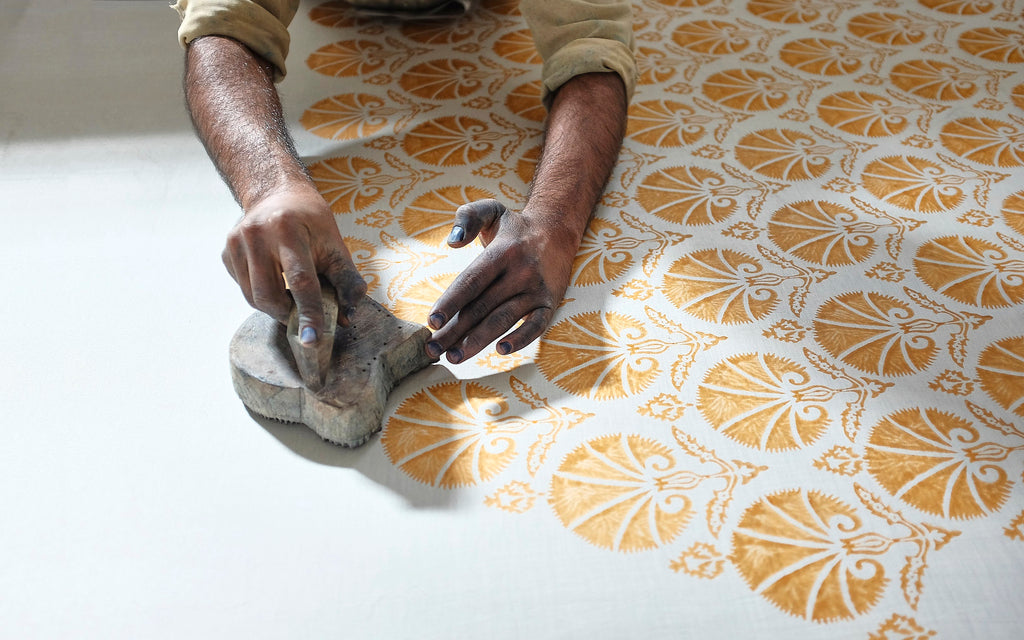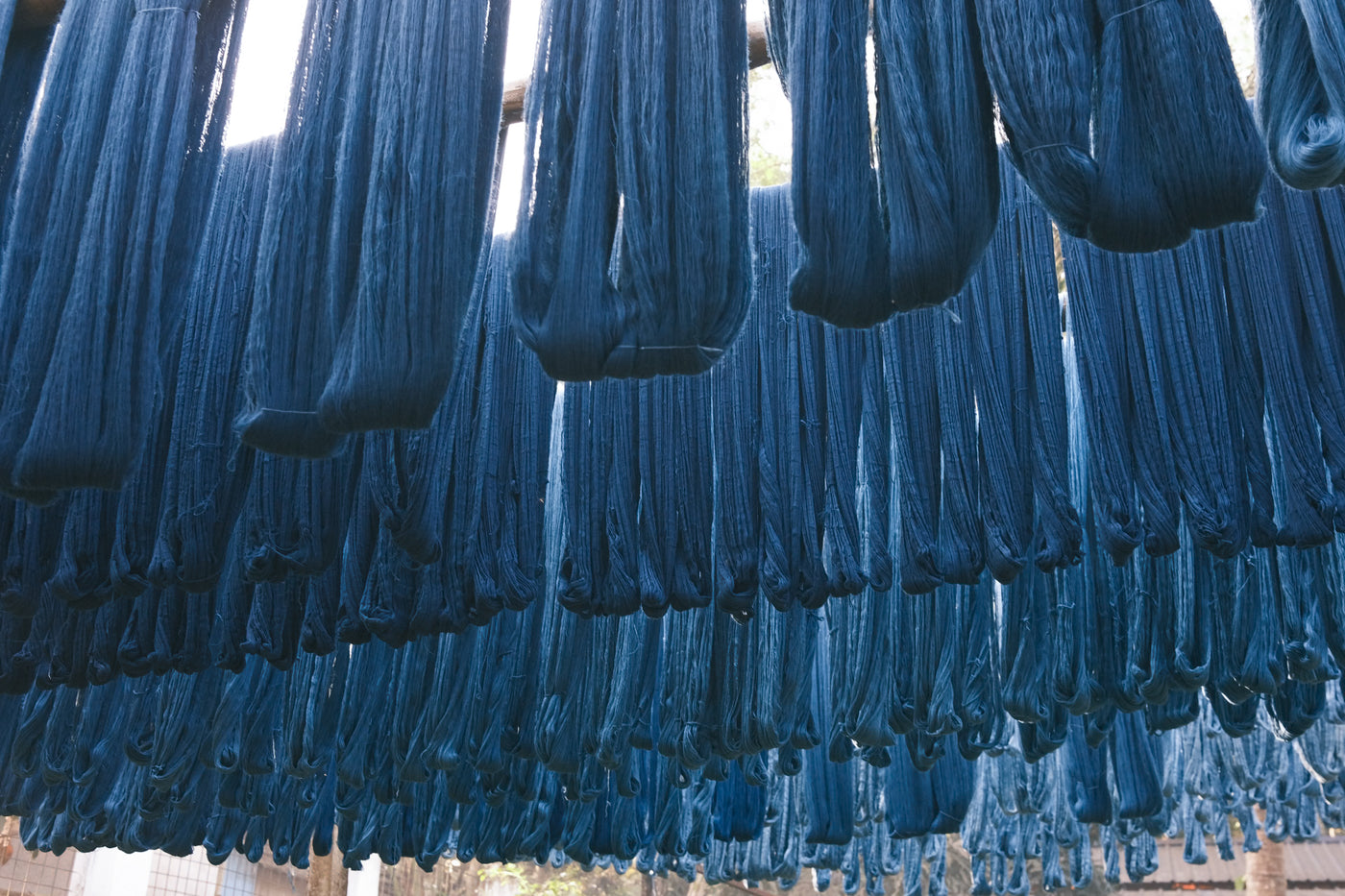Still in Print - Film & Lecture by Charllotte Kwon and Tim McLaughlin

Journey through four different block printing communities in India using natural dyes: Ajrakh, Kalamkari, Dabu and Bagh. The skill and mastery of these artisans carries tradition forward, continuing to give life to these complex techniques that have been passed down for up to 9 generations.
This lecture and film was given by Tim McLaughlin and Charllotte Kwon for the Royal Ontario Museums’s exhibition in 2022 - “The Cloth that Changed the World”. The exhibition traveled to the St Louis Art Museum in 2023. In 2025 the exhibit will move to the Royal BC Museum. This exhibition features the work of the Khatri family of Damadkha. Early 2026 it will move to the Bowers Museum Santa Ana, California.
Introducing Ajrakh Heritage Textiles Block Printed by Dr. Ismail Khatri
Ajrakh is the name of a traditional block printed cloth. Hand carved wooden blocks are used to apply natural dyes, such as indigo, madder and pomegranate.

The ajrakh process is a long one, involving several steps of washing and scouring the cloth, additional steps to mordant the cloth, and still more steps as each colour is either directly block printed or resist block printed with natural dyes. The order is of utmost importance as the layers of colour are built up and the traditional geometric ajrakh patterns emerge.
Archeological evidence suggests that for thousands of years ajrakh artisans were located near the banks of the Indus river. With the partition of India and Pakistan in 1947, artisan communities were tragically separated. Today the craft continues with variations on both sides of the border.

As traditional textiles, ajrakh was made for a specific clientele: the Muldhari herder community of the Kachchh desert in Western India.
Producing an ajrakh involves entire communities: block cutters, dye farmers, cloth merchants, and of course, the ajrakh artisans themselves. Maiwa has partnered with the Khatri family for over twenty-five years providing consistent and reliable orders, feedback and marketing in support of this remarkable craft.
Dr. Ismail Khatri’s story is one of determination and perseverance. He was born into the family of Mohammadbhai Siddhik in Dhamadka village in Kachchh, India. Mohammadbhai taught all his sons the traditional block printing craft which he inherited from his forefathers back nine generations. Along with a school education, he ensured that his children learn the family craft for their living.
Dr. Khatri became a remarkably skilled printer, and learned everything he could about carving the wooden blocks, the complex process of printing and dyeing with natural dyes.
His interest in reading Ayurvedic manuals and old Indian texts about herbs and medicinal plants gave him deeper insights into traditional forms of ajrakh and natural dye technology.
In addition to achieving a national merit certificate and a UNESCO seal of excellence, Khatri was also awarded an honorary doctorate degree from De Montfort University, Leicester in 2003. This was in recognition of his years of dedicated work in block printing and his mentoring of several apprentices, including his sons, in the traditional craft of ajrakh.




